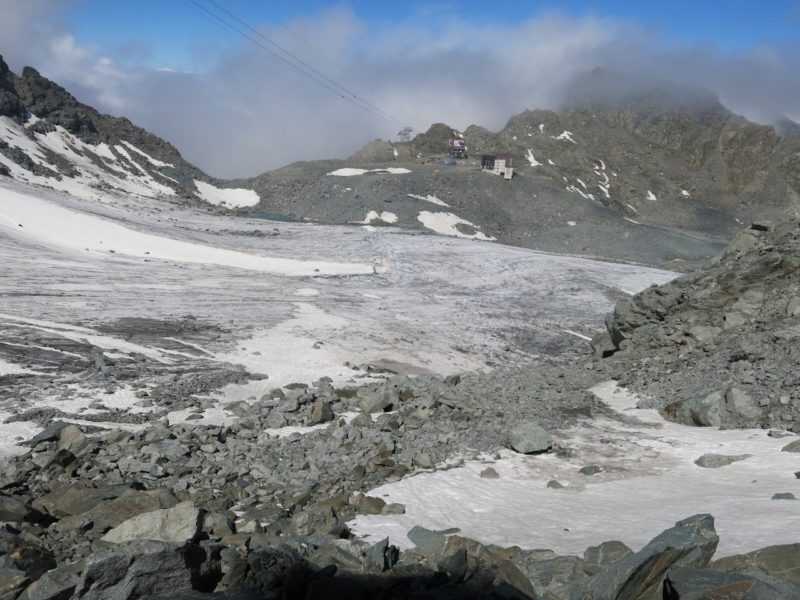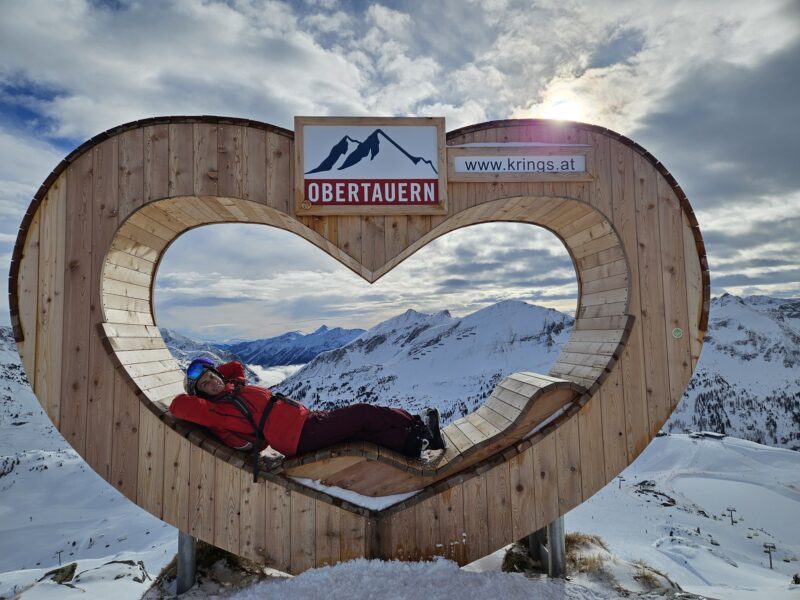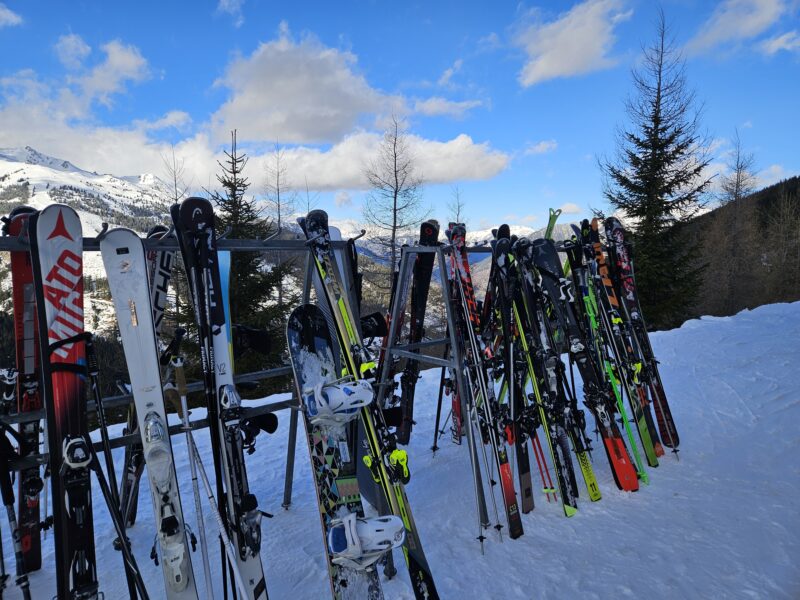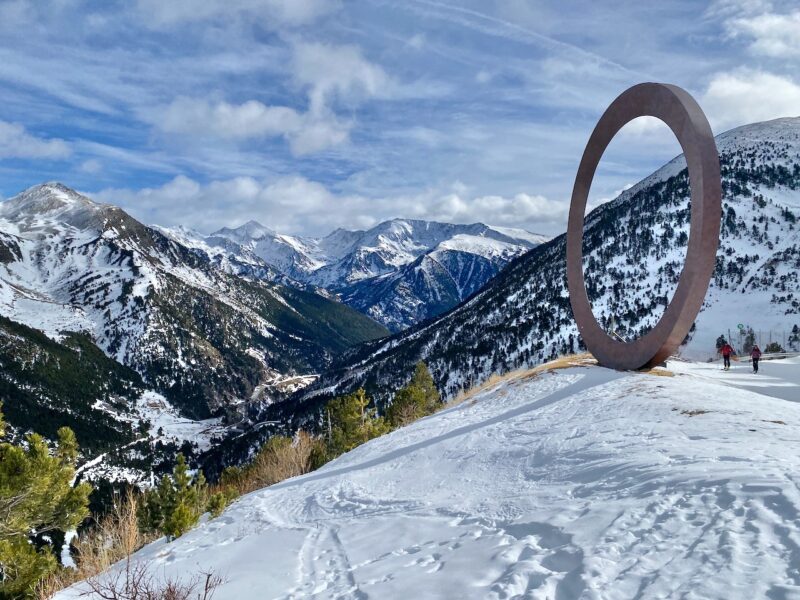Swiss Glaciers See High Levels of Snow
5th June 2024
Last modified on June 9th, 2024
The Swiss Glacier Monitoring Network, Glamos, said that this year’s weather has been a blessing for its glaciers. At the end of April 2024 there was 31% more snow on all of Switzerland’s 1,400 glaciers than the average for the years 2010 to 2020.
Since the measurements were taken the condition of the glaciers and the snow depths have improved even further.
The glacier melt in 2024 is likely to be lower than in the two previous years.
In the last two years, Swiss glaciers have lost 10% of their volume of ice.
There was a record loss of 6% in 2022 and a further 4% in 2023.
The peak of this year’s snow accumulation has most likely been reached according to the Swiss glaciologist, Matthias Huss.
Based on @glamos_ch measurements combined with modelling we infer the daily-scale mass change of Swiss glaciers. The entire winter was much better than the 2010-2020 average.@VAW_glaciology @WSL_research pic.twitter.com/jPARlZm0Qn
— Matthias Huss (@matthias_huss) June 4, 2024
“From now on, the melt will dominate,” Huss added.
“This year’s weather has been a blessing for the Swiss glaciers so far.”
This winter’s snowfall is the second-biggest accumulation of winter snow on Swiss glaciers over the past two decades.
The biggest was 35% more snow in 2018.
Glaciers in Ticino, the Engadine region, in western Switzerland and on the northern side of the Alps have benefited most from heavy snowfall.
Since 1850 the volume of the glaciers has decreased by around 60%.
According to an international study published in 2023, Europe’s glaciers could practically disappear by 2100 under current climate conditions.
A Franco-Swiss study from earlier this year predicts that the volume of ice in Europe’s glaciers will shrink by 34-50% by 2050.
The glacier in the Swiss resort of Zermatt is currently open with skiers and snowboarders enjoying some of the best early summer conditions in recent years.
11 lifts are open with a claimed snow depth of 1.5m.
The ski area can also be reached from neighbouring Cervinia in Italy.
Related Stories
- Heavy snow at altitude in the Alps
- Summer skiing delayed at Italian resort as too much snow
- Top 5 resorts in the Alps for summer skiing











